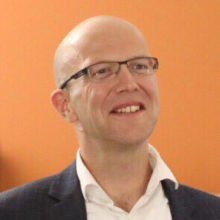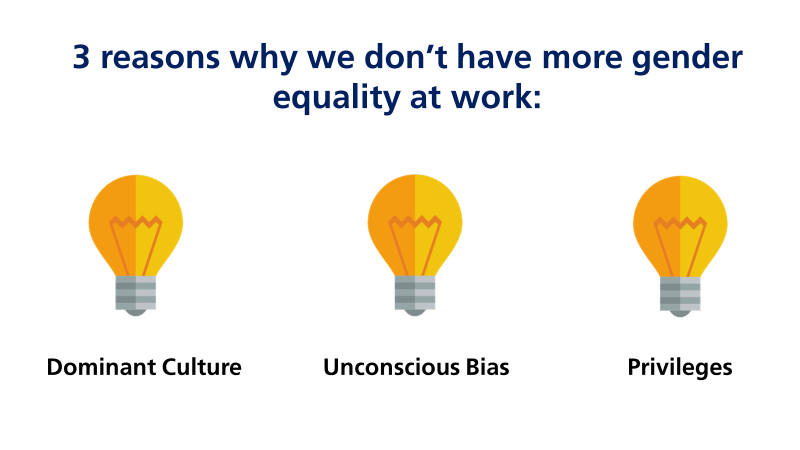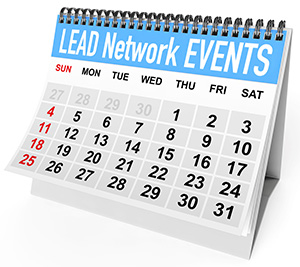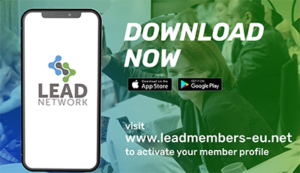Engaging Men in Gender Equality – Campaign summary

Peter Beets
“I feel as though I have been awakened to things I just didn’t realize were around me. I have learnt so much; it has been very beneficial to myself and more importantly to the people who work with me. I will apply the concept of majority / minority groups to step back and reflect on interactions in my working team, share it with my wife, and practice to educate our kids and ourselves. I’ll be an ambassador of it.”
This is just one example of a testimonial we received from a man who joined one of our workshops designed to engage men as active change agents on our journey to true gender equality. This is the kind of feedback that gives us the drive to continue to run our workshops … and to share it with others so we can hopefully encourage more people to take similar action in their companies. Because together, we can make more progress … quicker!
This year, P&G hosted three events for LEAD Network to share our approach to engaging men as partners and change agents of gender equality:
- In June, we connected with a group of LEAD Network members in a webinar to introduce the approach. In case you missed it, watch the replay on ZOOM – Engaging Men Webinar, or review the summary at Engaging Men – Webinar Summary.
- In July, we had a lively discussion with executives through a virtual roundtable where different companies exchanged their learnings and experience how to engage male champions.
- Last month, during the LEAD Network annual event, we ran a Dialogues workshop with a passionate group of 30 Partner company representatives. The summary of this session will be published in the event brochure which will be available soon on the LEAD website (lead-event-2018).
- Further information can be found in other articles such as: OnTheMARC or LEAD Member Spotlight.
In our experience, three factors are the reason for the inequality we see today:
- The presence of a dominant group. In a work environment, the male group sets the norms and standards for the organisation.
- Unconscious bias. We need bias to survive but we also need to be aware of the biases we have to ensure that our actions do not unconsciously reinforce gender bias and inequality.
- Privileges. These are unearned benefits available only to a certain group. You can use your privileges as a personal advantage, or you can decide to carry them “with honour”: share them and make sure others do not get excluded because they do not have the privileges you have.

A very important learning we had early on was that you cannot “teach” these concepts to people. Theory, or one-way speeches, do not do the job. People may think they “get it” … but in reality, they will not fully understand it. The solution is that you need to let people experience these concepts. You need to create a situation where men and women get to understand each other better. That will generate true engagement … and will start to create an inclusive working environment.
We are often asked … why do men need to be engaged? We believe you cannot drive change unless you get the majority onboard. At senior management levels, men are still in the majority in most companies. And lack of gender equality is not a problem for women only, it is equally a problem for men. By broadening the discussion to one of inclusion … and creating an environment where everyone can be their true self, men will become more easily engaged.
My personal journey accelerated 2 ½ years ago when I joined my first MARC workshop. It was an eye-opening experience. Actually, it was a life-changing experience. Because of this experience, I act differently at work and at home.
I hope you will get some inspiration from our journey … and that you will join us on that journey. Cause together, we can drive more change … quicker!
Peter Beets, on behalf of the P&G team



